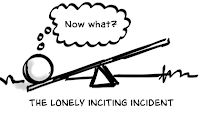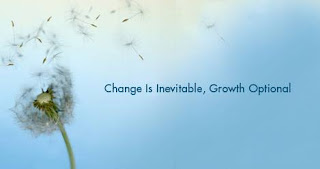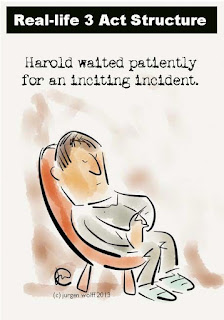A Moment of Discord
What makes a person change?
This is the question that fills my life — my life as a therapist, and my life as a writer. How does a person grow and evolve? What makes them change their minds, their hearts, their views? According to Wikipedia, “a character arc is the transformation or inner journey of a character over the course of a story. If a story has a character arc, the character begins as one sort of person and gradually transforms into a different sort of person in response to changing developments in the story.”
 In fiction, the character arc — and the general plot of the story — begins with the inciting incident, or the thing that starts the whole plot rolling. Without this incident, there would be no conflict, no push forward. Without the inciting incident putting events into motion, there would be no reason for the character to have an arc, for the character to change.
In fiction, the character arc — and the general plot of the story — begins with the inciting incident, or the thing that starts the whole plot rolling. Without this incident, there would be no conflict, no push forward. Without the inciting incident putting events into motion, there would be no reason for the character to have an arc, for the character to change.
Real life rarely has a linear plot, and so it’s really hard to find inciting incidents in it. Sometimes big events happen that force people to deal with them, like death or moving, or gaining or losing a job. And yet the event itself doesn’t necessarily lead to any sort of lasting change. Events come and go in a life, and it is how people respond to those events that actually lead to change or not.
From what I’ve seen, the most common event in a person’s life is a moment of discord — a moment where something that someone thought, believed, or knew as an absolute truth gets challenged. In fiction this might be something as big as aliens landing on Earth, or a character seeing a ghost. In real life the moments tend to be smaller and much more frequent, like hearing a story that surprises you about your friend, or meeting someone from a group you were sure you knew everything about and discovering they are nothing like you imagined they would be.
With every moment of discord comes a choice — either a person can double down on what they thought they knew to be true, or embrace the discomfort and move to change. Often, in fiction, it takes several beats and/or chapters to get from an inciting incident to the thing that locks the character into the plot and toward the course of change. Even in fiction, we recognize the human need to resist change, to cling to old ideas or ways of being. We deny the ghosts in front of our eyes, the aliens walking down the street, or even the possibility that our long-held view of the world could be anything but right and true. It takes more discord, more discomfort to lodge us from the path we were already walking and lead us toward something new.
Some people never lock in to their action, never embrace the change. They stay constant in how they act, in how they see the world, regardless of what events unfold in front of them. They likely don’t make very good protagonists, since their arcs look more like straight lines.
I don’t see many of those types in therapy, since the act of going to a therapist is about actively seeking some sort of change. But even if people want to change, it doesn’t mean they don’t resist it. There are barriers, there is push back, there are relapses and setbacks. In a story, this is the series of conflicts that creates tension while driving the story forward. In real life, these are the things that drive people crazy.
Change in a story comes at exactly the point the author needs it to come so that there is some sort of resolution. Change in a life is a process that may or may not have a definitive end. Both types of change take commitment, time, and perspective.
So what makes a person change? I’m still not sure. Lives are scattered with inciting incidents and moments of discord nearly every day. Events don’t change people — people change themselves.
In the end I think it comes back to my favorite social work joke: how many social workers does it take to change a light bulb?
One, but the light bulb has to want to change.
Everything else is just the story of how.
*Originally posted on The Stiletto Gang on December 6th, 2016.



